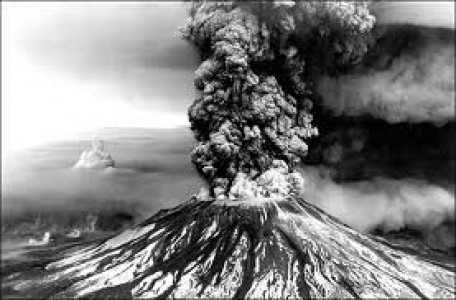Top 10 Largest Volcanic Eruptions
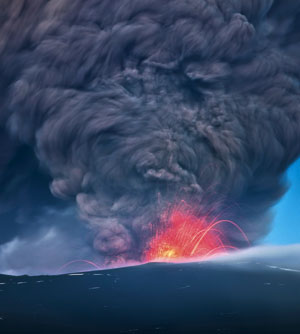
Volcano is defined as “an opening, or rupture, in the earth’s surface, which allows hot magma, fiery hot ash and volcanic gases to escape from the magma chamber below the surface of the earth”. There are several types of volcanic eruption depending upon the behaviour exhibited by the eruptions, but they are broadly classified into three types; magmatic eruptions, phreatomagmatic eruptions and phreatic eruptio. The basic constituents of every volcanic eruption include lava, tephra (ash, lapilli, volcanic bombs and blocks), and various gases.
Instructions
-
1
Tambora, Indonesia, 1815
The explosion of Mount Tambora was the biggest ever volcanic eruption recorded by humans. The volcano, which exploded in 1815, is one of the highest peaks in the Indonesian archipelago. The volcanic eruption reached its peak in April 1815, when it exploded so loudly that the bang was heard on Sumatra Island (12,000 miles away from the site), and the ash thrown into the air effectively blocked out sunlight and the solar radiations. The overall death toll from this volcanic eruption was 92,000.
Image courtesy: addins.wvva.com
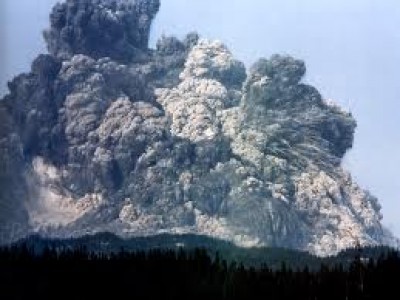
-
2
Krakatoa (Krakatau), Indonesia, 1883
Krakatoa, a stratovolcano located along a volcanic island arc at the subduction zone of the Indo-Australian seismic plate, blew to its peak on April 26-27 1883 with the force of 13 thousand atomic bombs and was heard thousands of miles away. The volcanic eruption was so intense that it destroyed almost the entire island. More than 36,000 people lost their lives in the 1883 eruption.
Image courtesy: indonesia-tourism.com
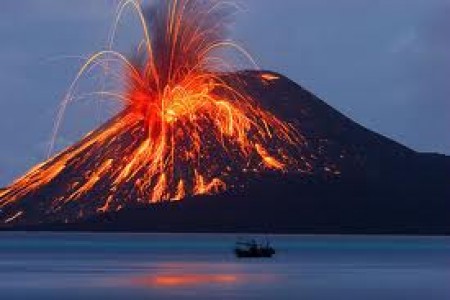
-
3
Mt. Pelee, Martinique, 1902
Mt. Pelée exploded on Caribbean Island, Martinique in May 8, 1902 with a sudden massive mushroom cloud, filled with sizzling hot ash and volcanic gases, which destroyed the entire city of St. Pierre within seconds. This terrifying eruption caused over 29,000 causalities.
Image courtesy: decodedstuff.com
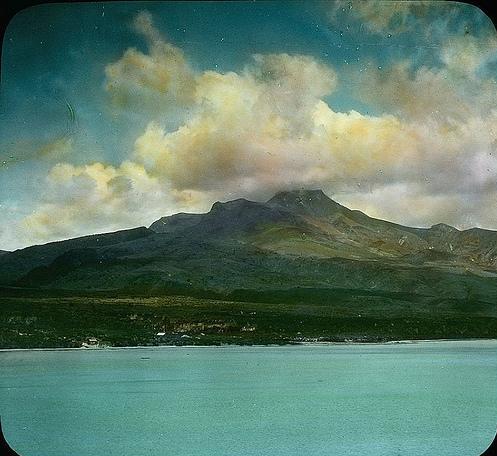
-
4
Vesuvius, Italy, 79 A.C.
The volcanic eruption in Mt. Vesuvius, Italy in 79 A.C. left the entire city of Pompeii buried under a cloak of ash, and stopped sunlight and heat radiations from reaching the ground, leading to a considerable drop in temperatures. Around 25 thousand people had lost their lives in this incident.
Image courtesy: piggrab.com
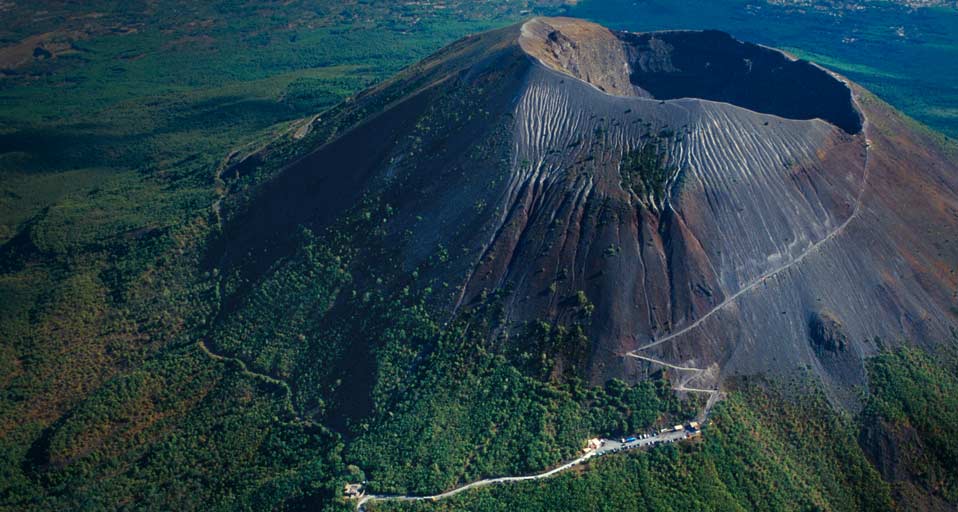
-
5
Nevada del Ruiz, Colombia, 1985
Nevada del Ruiz erupted in 1985 in the nearby village of Armero, Colombia, and caused more than 23,000 causalities, making it the second deadliest volcanic eruption of the 20th century, and fifth overall. This Colombian volcano still poses a threat and is locally nicknamed "the sleeping lion."
Image courtesy: volcanoes.usgs.gov
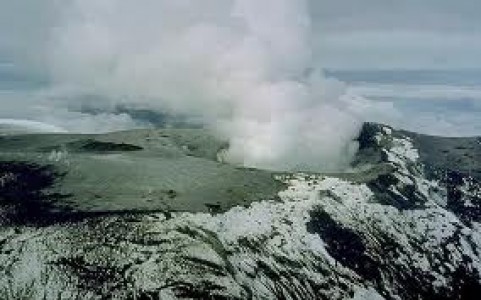
-
6
Unzen, Japan, 1792
Mount Unzen's volcanic eruption took place in Japan in 1792 and the eruption, followed by tsunami killed over 15,000 people.
Image courtesy: montserratvolcano.org
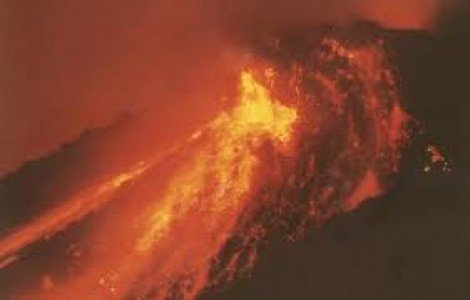
-
7
El Chichon, Mexico, 1982
El Chichon erupted in 1982 in Chiapas, Mexico, killing about 2,000 people. The eruption left behind a brooding acidic lake, rich in sulphurous compounds. The ash sent into the air by the El Chichon eruption had a worldwide atmospheric effect, considerably reducing the temperatures.
Image courtesy: baconsvolcanoes.wikispaces.com
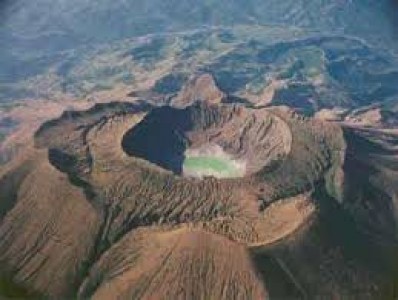
-
8
Mt. Pinatubo, Philippines, 1991
The Mount Pinatubo volcanic eruption in the Philippines on June 15, 1991 was the fourth largest eruption of the last century. Some 800 people lost their lives in the volcanic eruption which had an explosivity index rating of 6 out of 8.
Image courtesy: richard-seaman.com
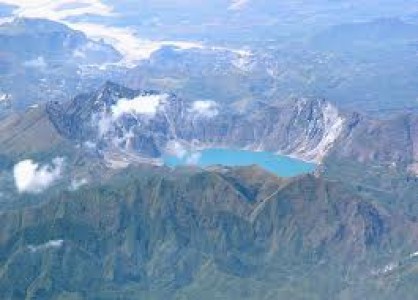
-
9
Kilauea, United States, 1983 - present (continuous)
The destruction caused by the volcanic eruption Kilauea, in Hawaii might not be that much, but it finds its place among the top ten volcanic eruptions of all time owing to its staying power. This volcano has been erupting continuously since 1983, making it one of the most active volcanoes of the world.
Image courtesy: wallpapers-online.net
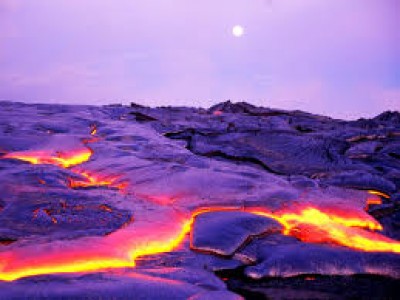
-
10
Mount St. Helens, United States, 1980
Mount St. Helens volcanic eruption in May 1980 was the deadliest and most destructive volcanic event in the history of the United States, in which 57 people lost their lives. The massive eruption was followed by an earthquake of magnitude 5.1, which caused a large part of the mountain to slide away.
Image courtesy: kval.com
